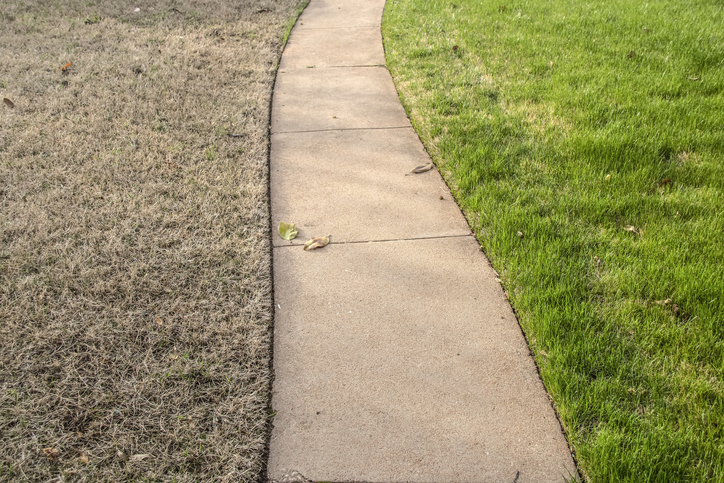Your Cart
(559) 266-1661
Call us for more information
Refer a Friend
Invite & Earn Rewards
Career
Opportunities








